Lasagna al forno (aka Baked Lasagna) is a traditional Italian dish that is loved by people all over the world. And no one makes it better than my momma.
This classic baked lasagna al forno is made by layering flat, wide noodles with a hearty bolognese sauce, meat sauce, creamy béchamel sauce, and grated Parmesan cheese, then baked in the oven until the cheese is melted and bubbly.
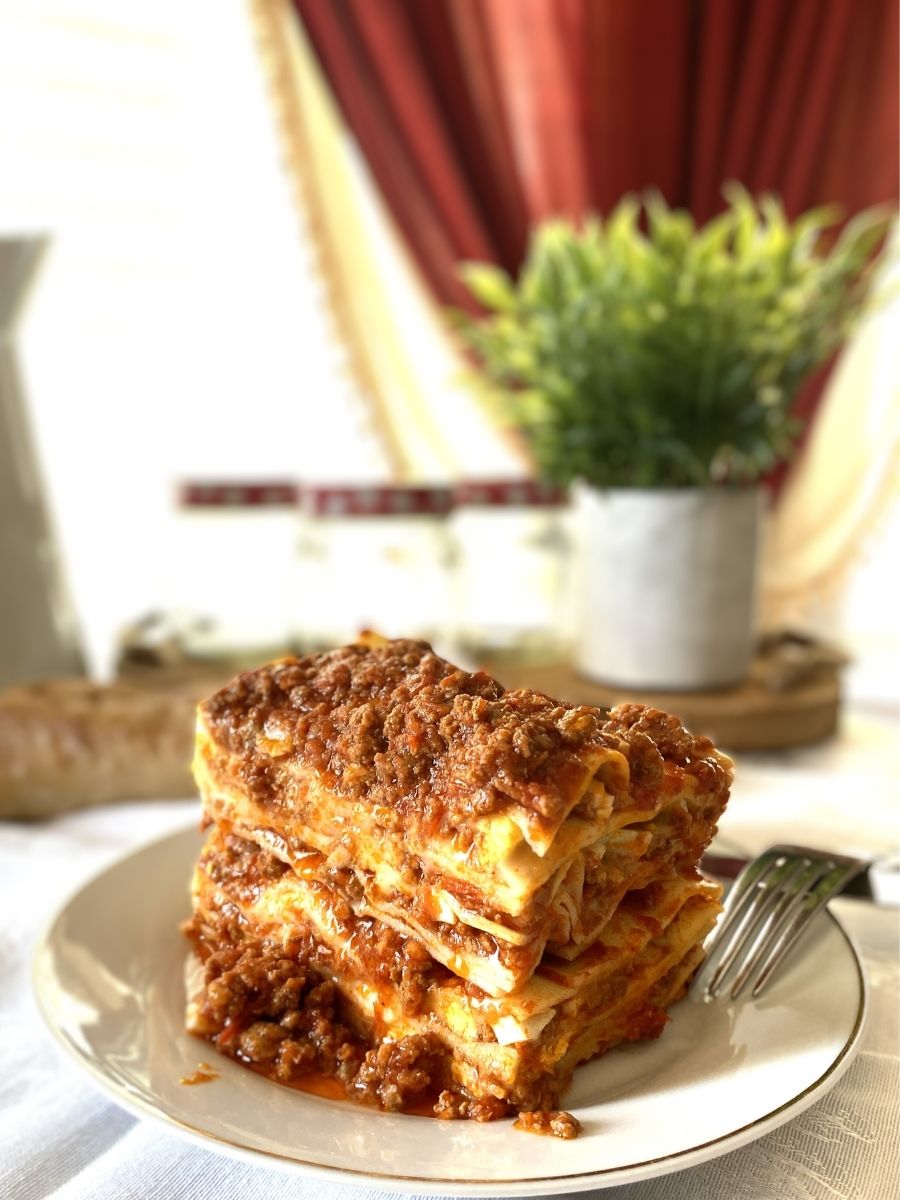
Jump to:
Lasagna is a delicious and comforting meal that is perfect for feeding a crowd or enjoying as leftovers for days to come. The origin of lasagna al forno can be traced back to the city of Naples in Southern Italy, where it was first created as a special occasion dish. Today, it is a staple on Italian restaurant menus and a beloved homemade recipe in many households.
The recipe below is adapted from my mom's traditional lasagna recipe. I say adapted, because no matter how many times I make it, it will never taste exactly like hers!
If you like lasagna alla bolognese, then you'll also like one of these pasta dishes:
- Baked Feta and Tomato Pasta
- Traditional Italian Pasta Fagioli Recipe
- Pasta with Broccoli
- One Skillet Lemon Garlic Pasta
- Pasta with alla Panna Sauce
- Penne Pasta with Tomato Ricotta Sauce
No matter which one of these you make, your family will be licking their chops asking for seconds.
This traditional lasgana al forno can be made at any time of the year because the ingredients are readily available from your local market.
This page contains affiliate links, which means I may receive commissions if you choose to purchase through links I provide (at no extra cost to you). Thank you for supporting the work I put into this site! As an Amazon Associate I earn from qualifying purchases.
Ingredients Needed to make Lasagna al Forno
The ingredients needed to make lasagna may seem overwhelming, but it's really not that complicated once you get started. Here is what you will need to make veal lasagna alla bolognese:
- Oven Ready Lasagna Noodles
- Shredded Parmigiano Reggiano
- Shredded Mozzarella
- Boiled Eggs
- Ground Veal
- Olive Oil
- Garlic
- Onion
- Tomato Puree
- Tomato Paste
- Salt, Pepper and Nutmeg
- Oregano
- Fresh Basil Leaves
- Water
For quantities, please see recipe card.
Instructions for Making Homemade Lasagna with Veal
For the Meat Sauce
In a large saucepan heat up the olive oil and brown the onions and garlic. Toss in the veal and brown the veal. Salt and Pepper to taste. Add nutmeg and continue to brown veal. Then add tomato paste and stir into coat all of the ground meet.
Add tomato puree and bring to boil. Add oregano and basil. The sauce will cook down and get thick, if necessary add ½ cup of water as you don't want your sauce to thicken when working with pre-cooked noodles. (you can always add water when you are assembling the lasagna if you're not sure).
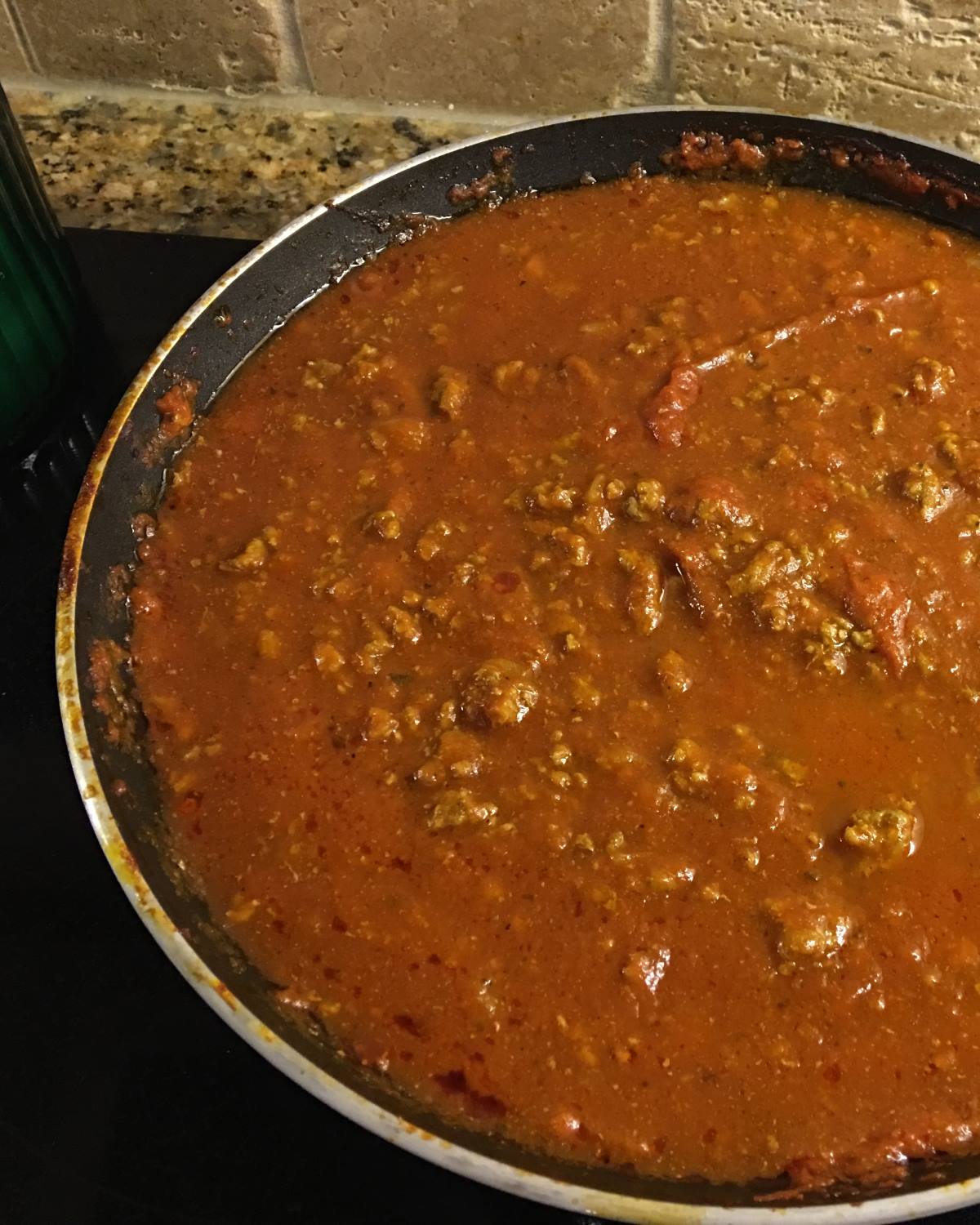
Turn down the heat to a simmer and cook covered for about 20 minutes. Once the sauce has cooked, set aside and start to prepare the cheeses and noodles.
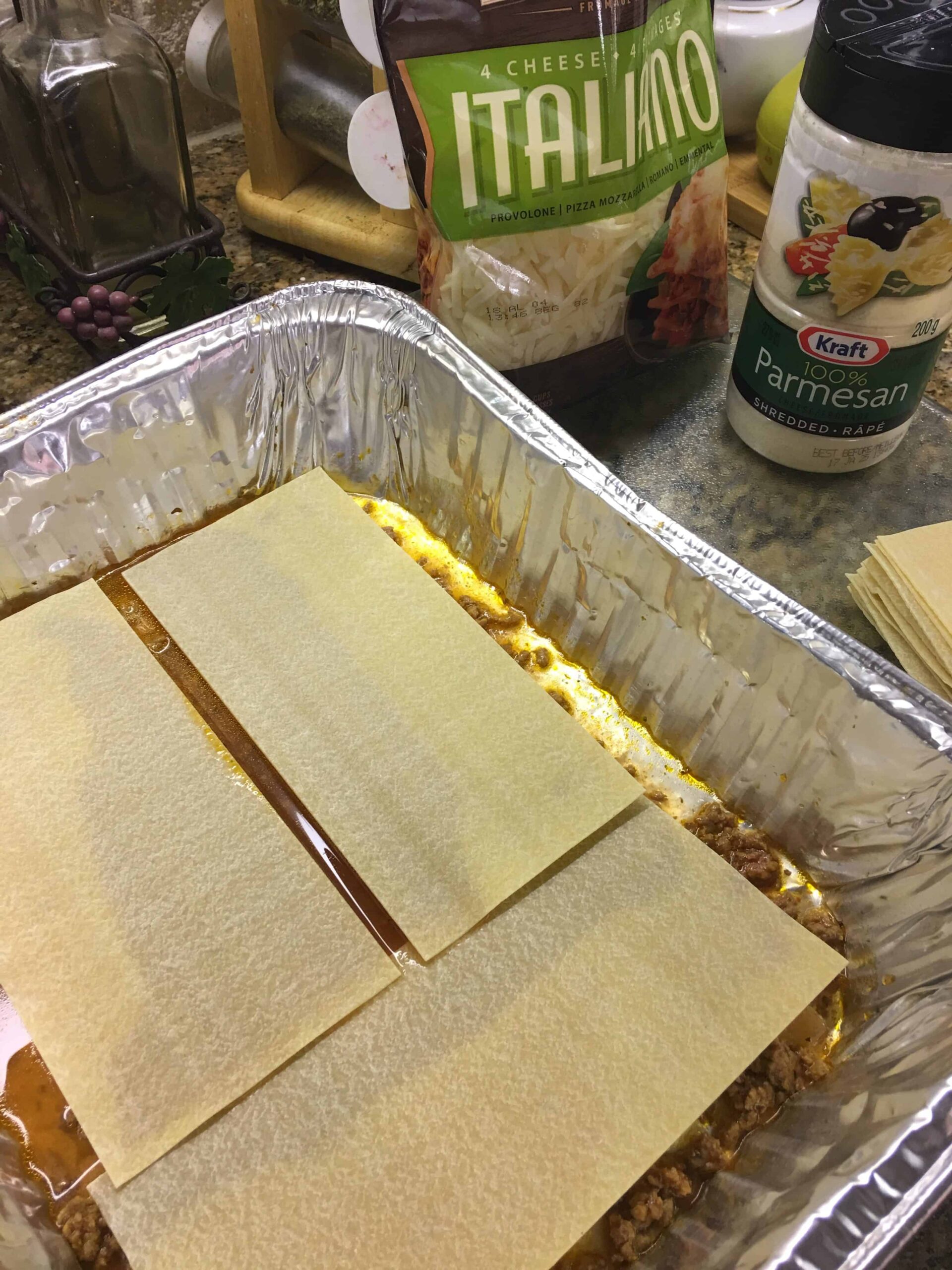
Lasagna Assembly
Preheat oven to 350 degrees Fahrenheit. In a medium sized glass dish or aluminum tray (9 x 8), place ½ cup of water and one scoop of the sauce and spread over the bottom of the dish. Then start to layer the pasta sheets.
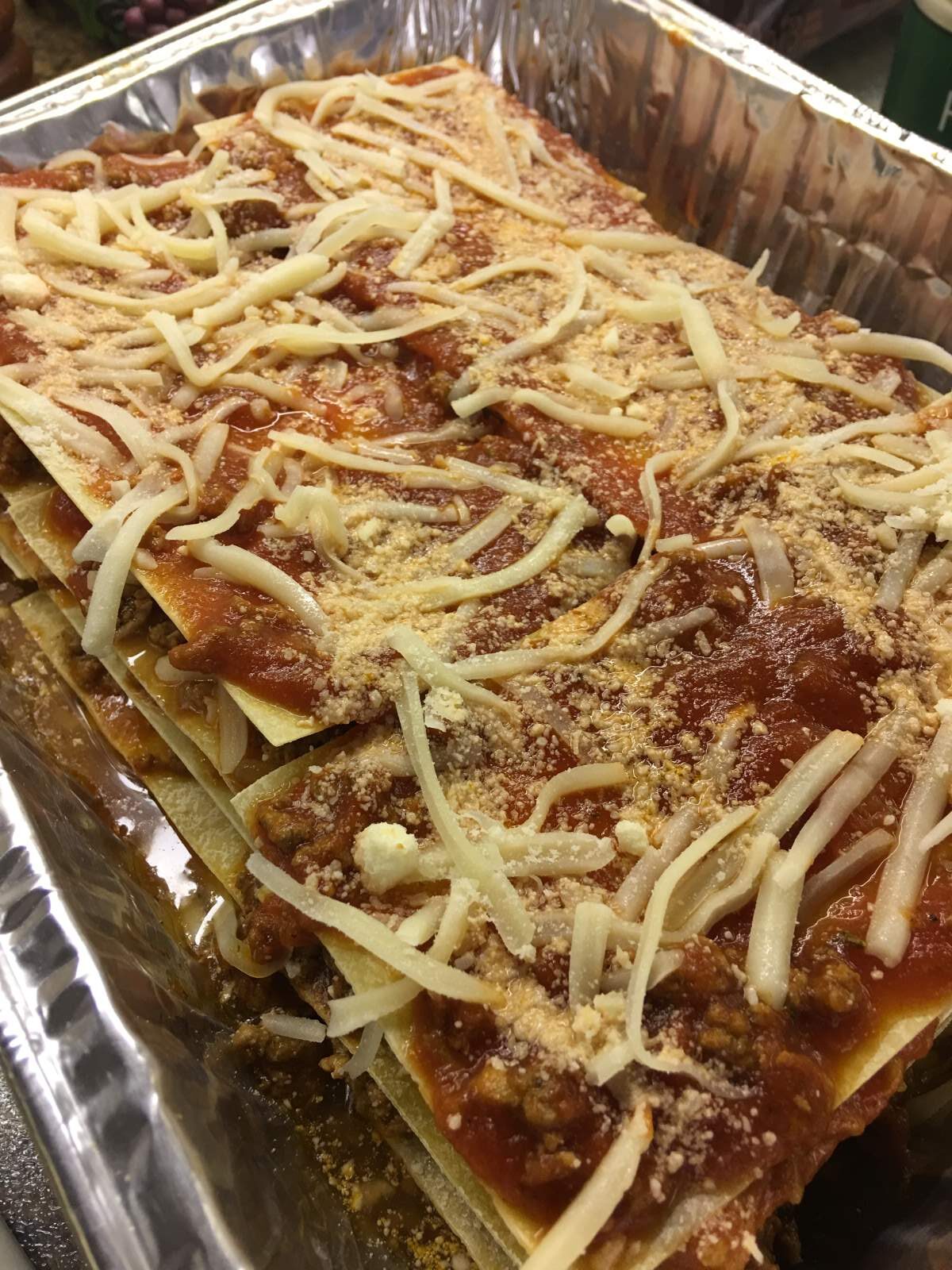
Cover the first layer of pasta sheets with the meat sauce. Layer more noodles on top being careful to alternate the direction of the noodles so that you are stacking the pasta sheets in a criss cross formation.
In the second layer, add the parmiggiano reggiano, mozzarella and a sliced egg. Continue to alternate sauce meat sauce along with meat sauce, cheese and egg until you are finished or reach the top of your pan.
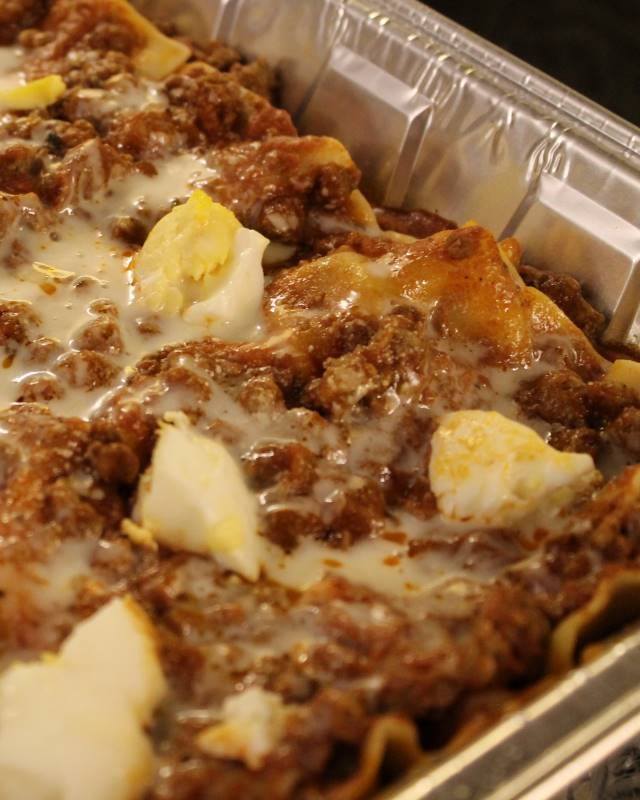
Make sure that there is sufficient liquid in the bottom of the pan to allow the pasta to cook (about 1" of liquid). Add water if necessary. Bake at 350 degrees for 45 to 60 minutes. You will know when it is done when a fork is inserted into the pasta and it comes out easily. Once the Lasagna is cooked, let it stand for about 10 minutes so that it sets and is easy to cut and serve.
Hint: Make sure that there is sufficient water when baking with oven ready noodles as they will need sufficient liquid to cook properly. The liquid level should come up at least past the first noodle. If more liquid is needed, strategically add it along all sides as the lasagna cooks in the oven.
Substitutions
Here are a few substitutions:
- Full Lasagna Sheet - if you find full lasagna sheets, you can use them as well, just par boil them first so that they don't absorb a lot of water during baking
- Regular Lasagna Noodles - use regular lasagna noodles (non oven ready), just remember to boil them until al dente and then immediately soak them in cold water
- Gluten Free Lasagna - use gluten free pasta to fit your dietary needs
- Egg White - use egg whites instead of boiled eggs.
- Vegan Cheese - use vegan cheese if your diet restricts dairy products.
Variations
Here are some great ways to change up this lasagna recipe:
- Bechamel Sauce - use a bechamel sauce instead of a tomato sauce for
- Red Pepper Flakes - add red pepper flakes to bring on the heat
- Spinach and Ricotta - use spinach and ricotta filling instead of a meat ragu for a vegetarian option
- Egg - omit the egg if you are not a fan of eggs!
Use your imagination to make this lasagna al forno your own.
Equipment
To make this Lasagna al Forno have ready either aluminum foil trays. Pryrex dishes are perfect for making lasagna. Pots, pans and frypans are definitely a must and wooden spoons to stir your meat sauce. You'll also need a cheese grater to grate your cheese if you have a whole mozzarella or brick of parmiggiano reggiano.
Storage
Store leftovers refrigerated in an airtight container for a maximum of 4 days. You can also freeze for later. When you craving some homemade veal lasagna, thaw it out in the fridge for 24 hours and then warm it up in the microwave, oven or on the stove top. Yum!
Top tip
Remember when layering lasagna to lay on layer going vertical in your pan and alternate with the next layer going horizontal in direction. Layering your lasagna in alternating directions will help to keep the filling and ingredients within the layers and make it easier to cut.
FAQ
Lasagna al forno is made of long sheets of pasta noodles with alternating layers of sauce and condiments like egg and cheese and sometimes legumes like peas.
Lasagne or lasagna can be served with a nice green salad, garlic bread or can be part of a multi-course dinner.
Lasagna al forno can be traced back to the city of Naples in Southern Italy, where it was first created as a special occasion dish. Today, it is a staple on Italian restaurant menus and a beloved homemade recipe in many households.
Al forno simply means baked in the oven. Like rigatoni al forno or riso al forno.
When preparing lasagna, start with a layer of sauce with a drizzle of oil so that the pasta noodles don't stick to the bottom of the pan. Then layer a pasta sheet with bolognese sauce on top. Layer your cheese on top followed by another layer of lasagna noodle layered in the opposite direction, either horizontal or vertical, ultimately creating criss cross layers. Continue layering until you have used all your ingredients or reached the top of your baking ban.
You can bake your lasagna at either 350 or 375 degrees Fahrenheit. It's best to start at a higher temperature and then bring the oven temperature down 15 minutes into baking at a steady 350 degrees for about 40 to 45 minutes. Baking at a higher temperature throughout could result in scorching the bottom of your lasagna.
Lasagna is the Italian name for one pasta sheet. Lasagne is it's plural meaning multiple lasagna sheets. The dish though is referred to Lasagna.
Other Main Dishes
Recipe Details
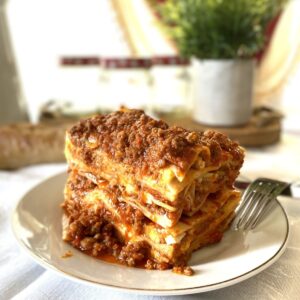
Moms Homemade Lasagna
Ingredients
Meat Sauce
- 1 lbs ground veal
- 3 tbsp olive oil
- 1 clove garlic
- 1 onion
- 750 ml tomato puree
- 2 tbsp tomato paste
- 1 tbsp salt
- 1 tsp ground pepper
- 1 tsp ground nutmeg
- 1 tbsp dried oregano
- 3 leaves fresh basil or ground basil
- ½ cups water
Pasta
- 500 g oven ready lasagna noodles (or regular lasagna noodles)
Other ingredients
- 1 cups parmesan cheese shredded
- 1 cups mozzarella shredded
- 2 eggs hardboiled, optional
- ½ cups water (for lasagna assembly)
Instructions
Meat Sauce
- In a large saucepan heat up the olive oil and brown the onions and garlic. Toss in the veal and brown the veal. Salt and Pepper to taste. Add nutmeg and continue to brown veal. Add tomato paste and stir into coat all of the ground meet.
- Add tomato puree and bring to boil. Add oregano and basil. The sauce will cook down and get thick, if necessary add ½ cup of water as you don't want your sauce to thicken when working with pre-cooked noodles (you can always add water when you are assembling the lasagna if you're not sure). Turn down the heat to a simmer and cook covered for about 20 minutes. Once the sauce has cooked, set aside and start to prepare the cheeses and noodles.
Lasagna Assembly
- Preheat oven to 350 F degrees.
- In a medium sized glass dish or aluminum tray (9 x 8), place ½ cup of water and one scoop of the sauce and spread over the bottom of the dish. Then start to layer the pasta sheets. Cover the first layer of pasta sheets with the meat sauce. Layer more noodles on top being careful to alternate the direction of the noodles so that you are not just stacking noodles in the same direction one on top of another. You need to alternate, like you are weaving a basket.
- In the second layer, add the shredded parmiggiano, mozzarella and one egg. Put the third layer and just use sauce and keep alternating meat sauce with meat sauce, cheese and egg until you have used up all the sauce or reached the top of the baking dish. Make sure that there is sufficient water when baking with oven ready noodles as they will need sufficient liquid to cook properly. The liquid level should come up at least past the first noodle. If more liquid is needed, strategically add it along all sides as the lasagna cooks in the oven.
- Bake at 350 ℉ for 45 to 60 minutes. You will know when it is done when a fork is inserted in the pasta comes out easily. Once the Lasagna is cooked, let it stand for about 10 minutes so that it sets and is easy to cut and serve.
Notes
Nutrition
PIN It Here
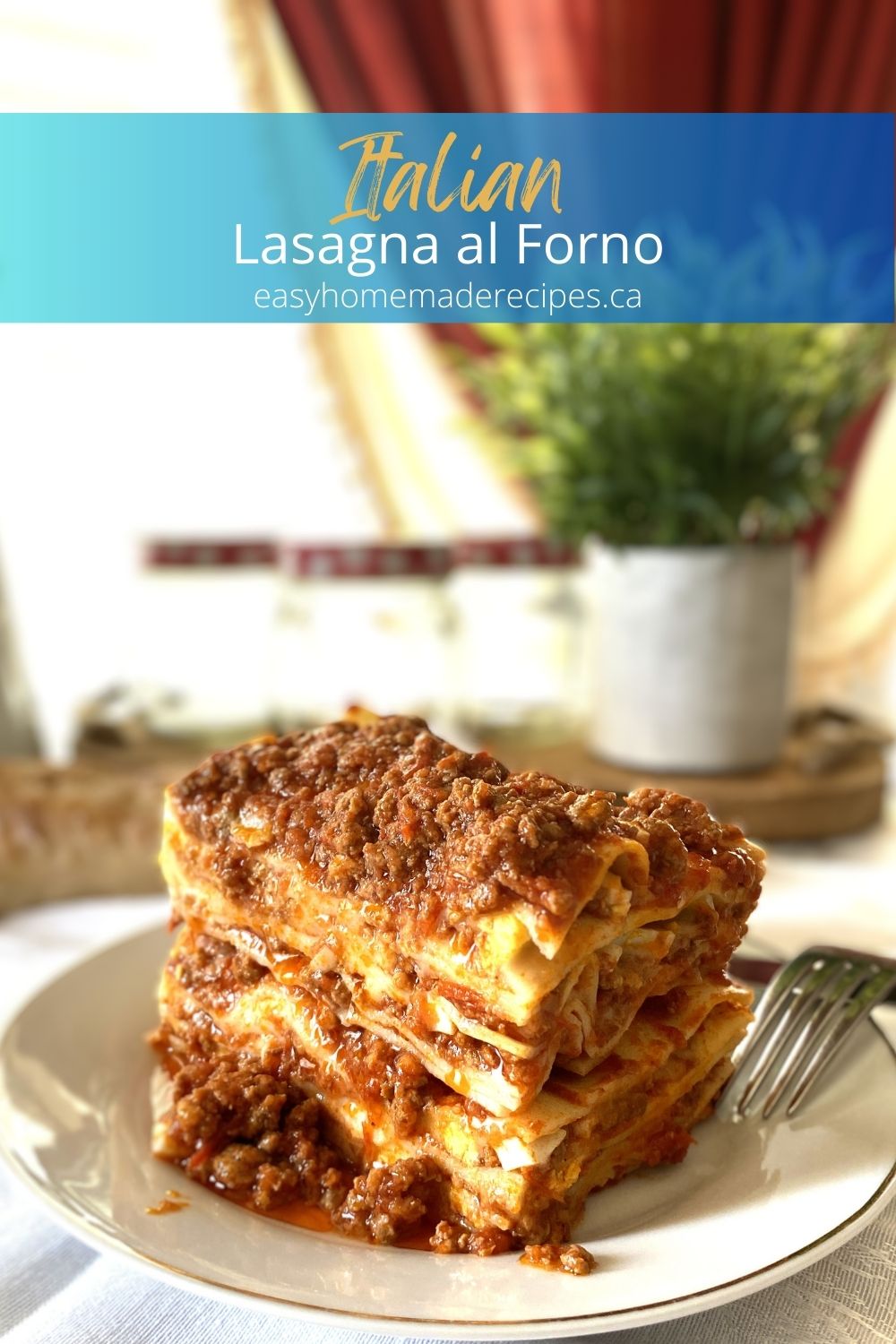
Food Safety
Food Safety
Note that the storage guidelines provided on this page and site are estimates from personal experiences. We are all adults and as an adult you are responsible to ensure that the food you eat is safe to eat. Since, I'm not a food safety expert, you are responsible to review your local guidelines on food storage prior to storing any food left-overs.
Remember to:
- Not use the same utensils on cooked food, that previously touched raw meat
- Wash hands after touching raw meat
- Don't leave food sitting out at room temperature for extended periods
- Never leave cooking food unattended
- Use oils with high smoking point to avoid harmful compounds
- Always have good ventilation when using a gas stove
For Canadian Guidelines check the Government of Canada Food Safety Guidelines or see more guidelines at USDA.gov.


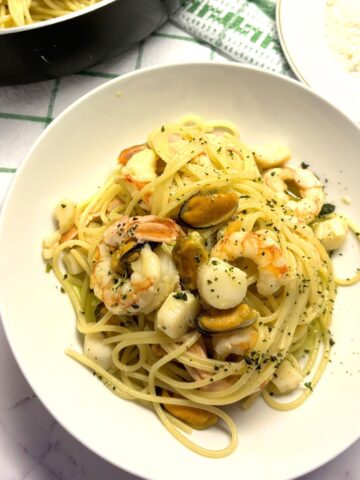
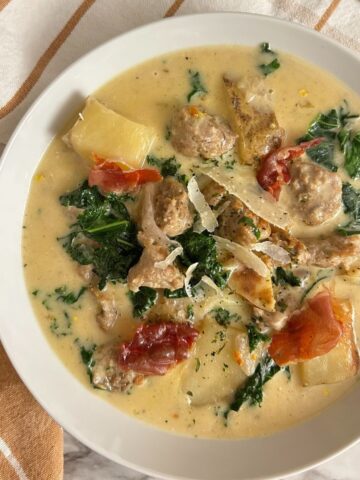
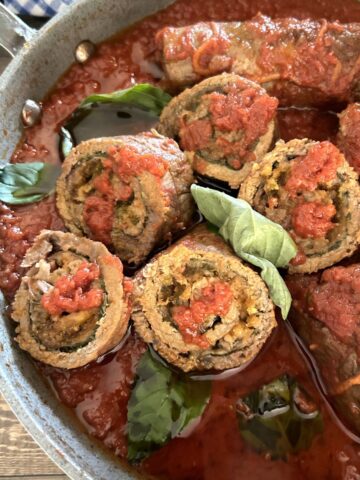
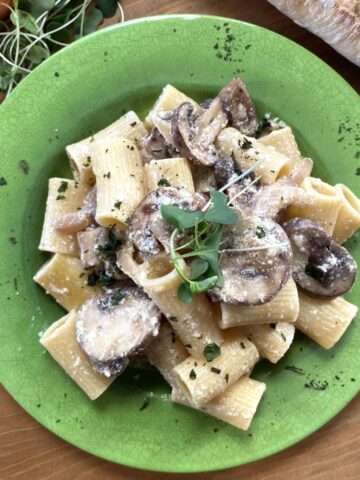

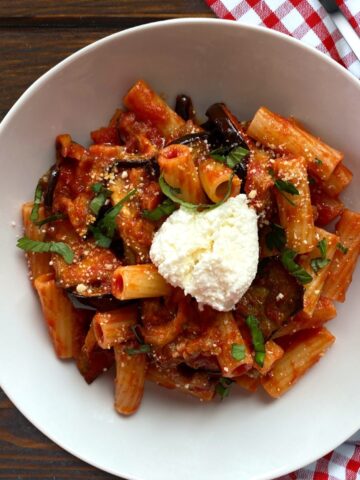
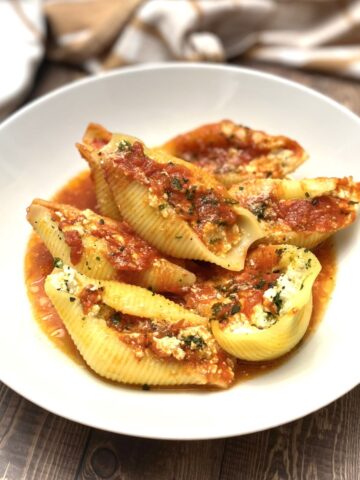
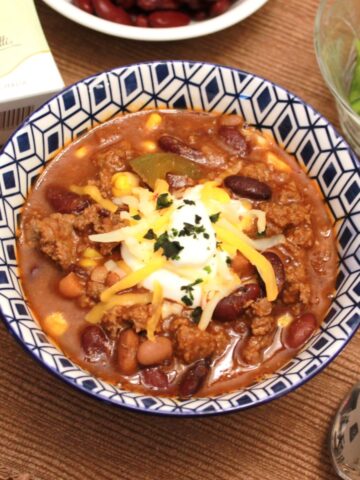
Comments
No Comments